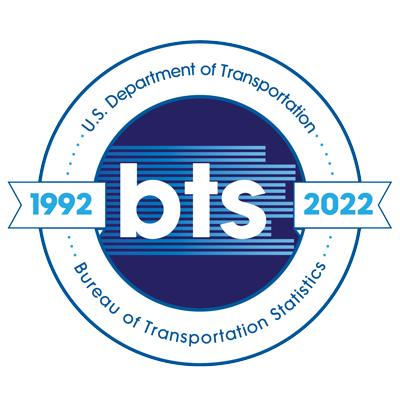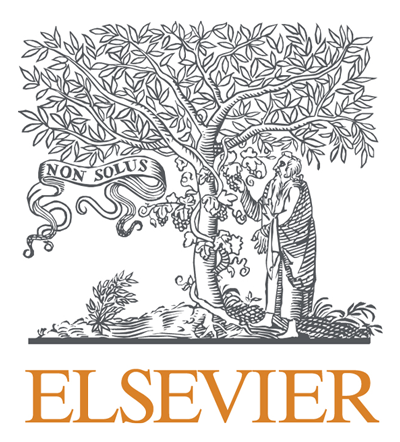Examining human mobility patterns during COVID-19 vaccinations in the United States using spatiotemporal clustering
Topics:
Keywords: mobility, COVID-19 vaccination, clustering, machine learning
Abstract Type: Paper Abstract
Authors:
Guimin Zhu, University of Maryland
Kathleen Stewart, University of Maryland
,
,
,
,
,
,
,
,
Abstract
COVID-19 vaccines became available in December 2020 in the U.S., which finally provided local populations with some protection beyond natural immunity from the COVID-19 virus. For this research, we have been examining patterns of mobility (vehicle movements) in the context of COVID-19 vaccinations by county in the U.S., from January to May 2021. Mobility data from Apple and FHWA was used along with COVID-19 vaccination data from CDC. We used K-means clustering to detect different trends in mobility together with vaccination rates, exposing locations that had, for example, either higher or lower mobility with lower vaccination rates. We did further analysis using random forest modeling to examine underlying factors associated with different clusters including demographic and socio-economic factors as well as COVID-19 cases and deaths. Some of the resulting patterns showed that nationally, there were more changes in overall mobility in April-May, after several months of vaccinations. Counties in the South and Mountain areas were associated with lower mobility and lower vaccination rates in January and February, while counties captured with higher mobility and higher vaccination rates in April and May were found to be mostly in the Pacific, Midwest, New England, and other major metropolitan areas. Some of the top factors associated with COVID-19 vaccination uptake and travel behaviors included education, working from home, and median household income. The results revealed differences in county-level mobility during the early period of vaccination over space and time, which may contribute to county and regional-level economic recovery strategies and planning.
Examining human mobility patterns during COVID-19 vaccinations in the United States using spatiotemporal clustering
Category
Paper Abstract








